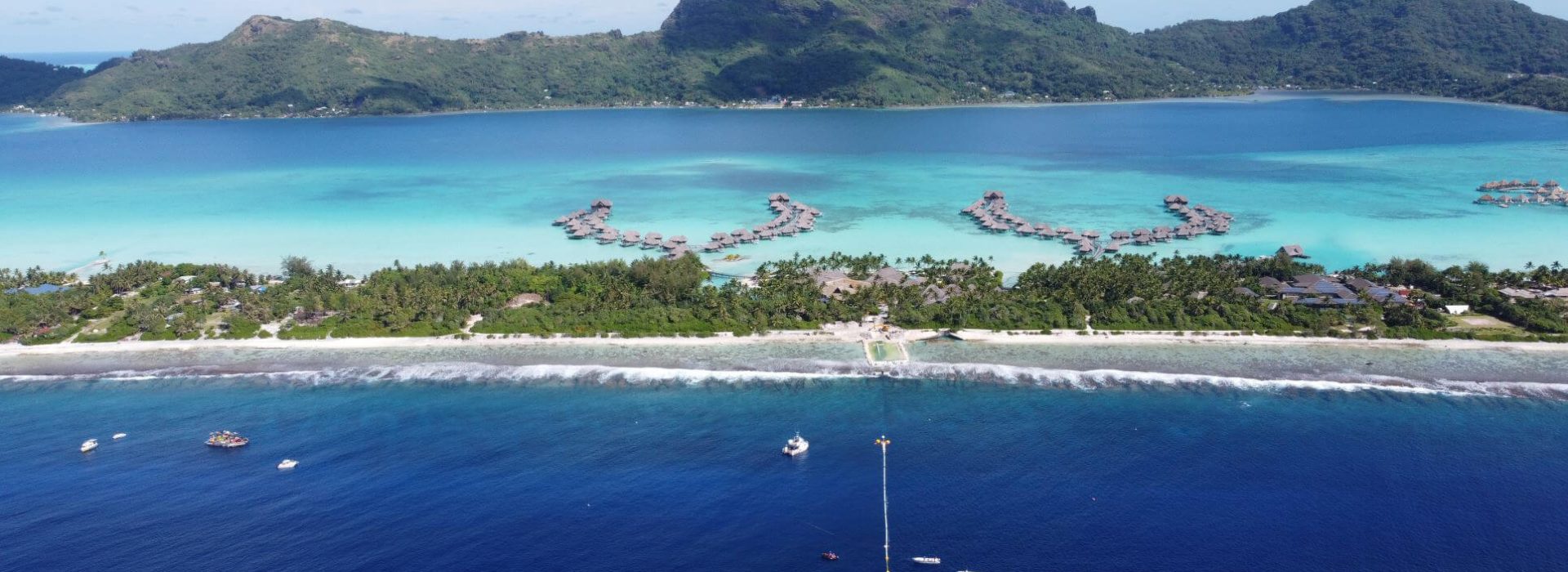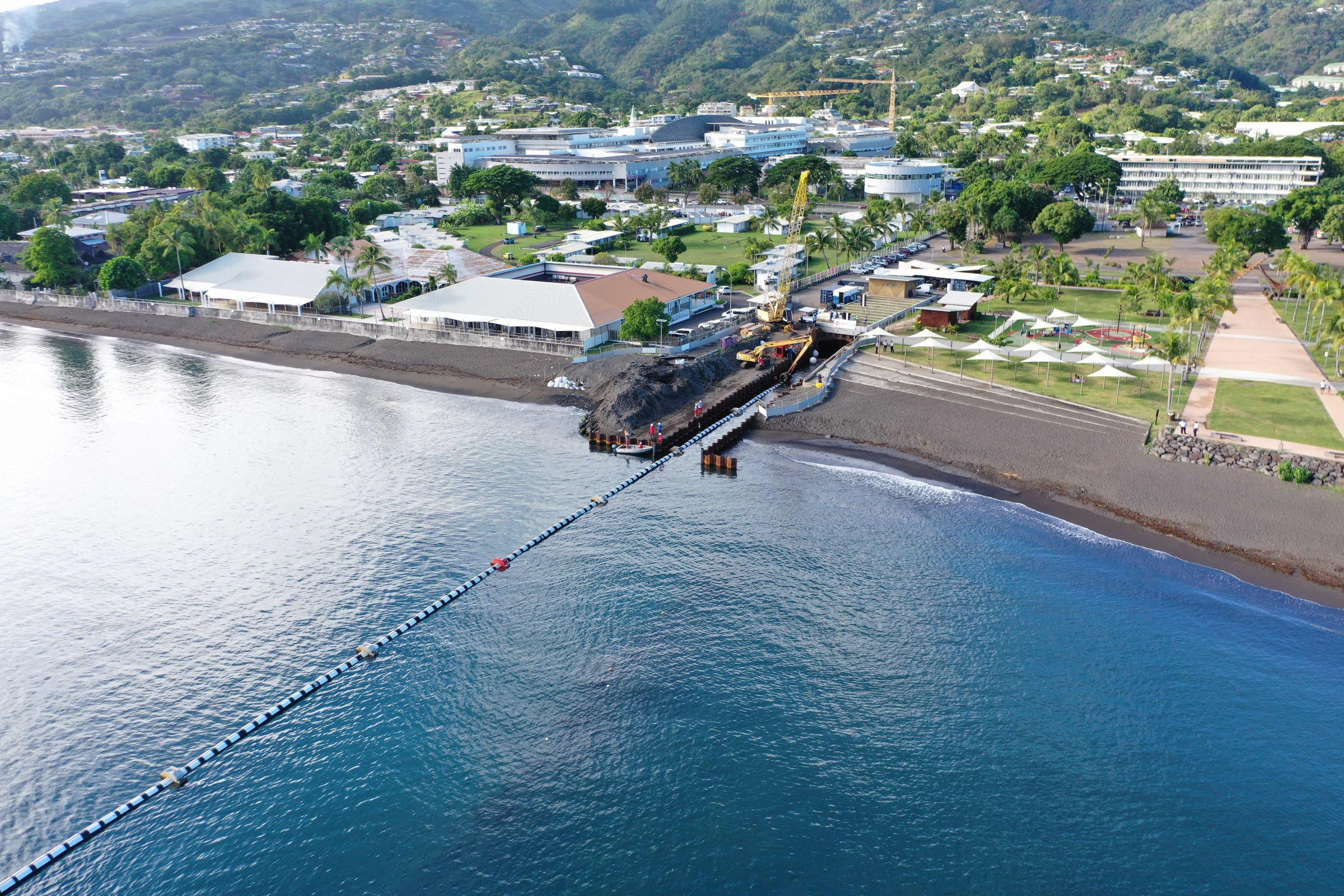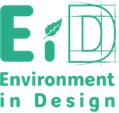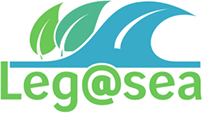Preserving our environment:
Geocean’s roadmap
We are determined to overcome today’s environmental challenges. Using a rigorous environmental management system, our mission goes beyond simply complying with regulatory requirements. We aim to improve our environmental performance continuously and develop essential solutions to reduce the impact of our activities. Here is the roadmap we’re following.

Proactive strategies to reduce impacts
We are firmly committed to exemplary environmental management. Our approach incorporates the best practices of ISO 14001 environmental management right from the design phase. To achieve this, we rely on two methods: Environment in Design and Leg@Sea.
Environment in Design (EiD)
Our EiD approach is at the heart of our commitment. This multi-disciplinary approach formally integrates strict environmental criteria from the project design stage. This framework, which extends from the call for tenders to each phase of execution, enables us to minimise the ecological footprint of our activities from early stages.
Leg@Sea
The Leg@Sea project (Limited Emission of Geocean for@Safe Environmental Activity) aims to minimize the environmental impact of Geocean’s flagship activities by identifying the most sustainable materials, equipment and practices available. This analysis is conducted from the project tender phase and continues throughout its life cycle. Recommendations are implemented once the project is signed. The analysis is paired with a safety approach to ensure that risks to people and equipment are reviewed under all circumstances.
The environment at the heart of our projects
Geocean doesn’t just make promises. We are taking factual action to demonstrate our commitment. Discover below one of our exemplary installations we’ve delivered :
SWAC system at Hospital Centre of French Polynesia
Reducing significantly the infrastructor of CO₂ emissions
The SWAC system, which we have installed on several occasions, uses the unlimited resource of cold water in the depths of the sea to provide natural air conditioning. The cold source is renewable, stable and abundant. The required energy comes solely from the pumping system. Energy consumption is reduced to a minimum, and maintenance is low.
Carbon dioxide emissions linked to the construction of the CHPF SWAC were estimated at 7,900 tonnes, considering various factors such as the manufacture and transport of materials, the use of a tugboat and the material and human resources on site.
Since its commissioning in July 2022, this technology has enabled a significant reduction of 8.7 GWH per year in electricity consumption dedicated to the air conditioning of the CHPF, i.e. 35% of the CHPF’s consumption and 2% of the island’s total consumption. This has resulted in a reduction of 5,000 tonnes of CO2 emissions per year. SWAC has, therefore, paid back its carbon emissions in a year and a half.
The adoption of innovative cooling and heating technologies also significantly reduces the consumption of resources, both primary (fossil fuels, fresh water) and secondary (materials used in the construction and maintenance of traditional air conditioning systems).
This project models how technical innovation can contribute to overall environmental performance.



